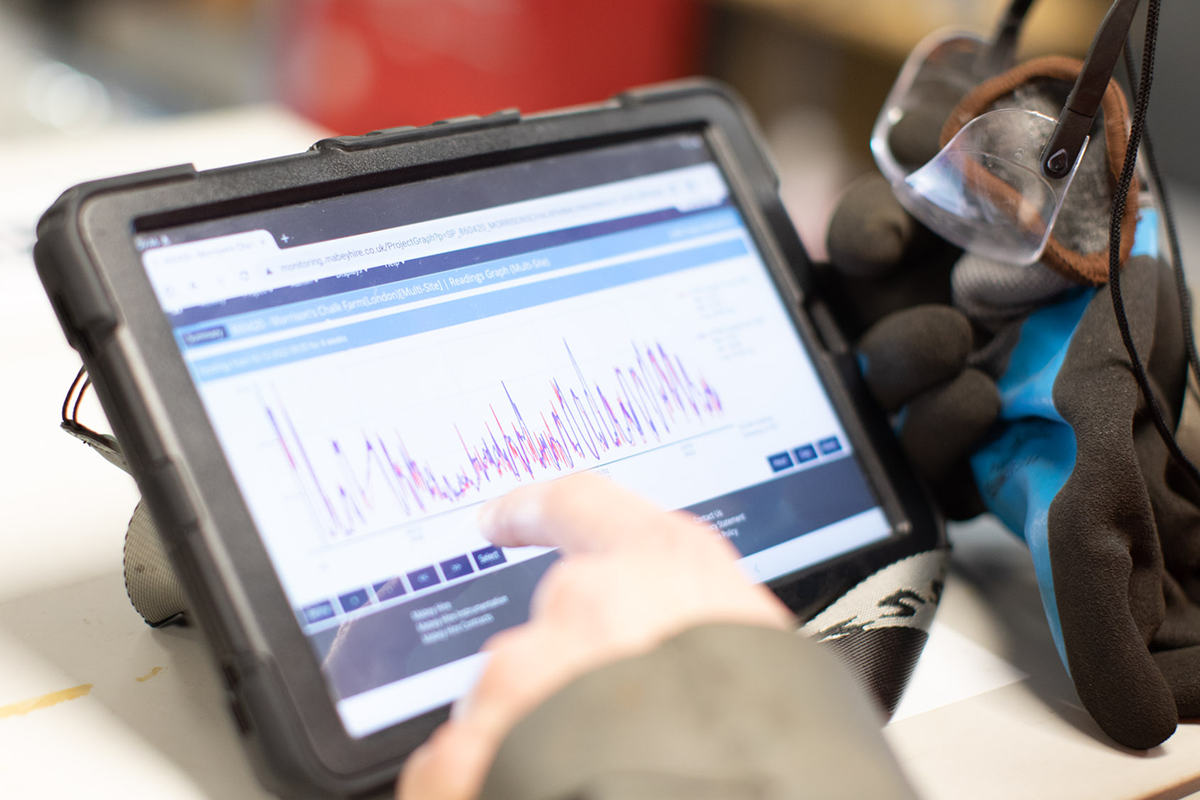
A look back over 2025
It’s been a busy twelve months for us, from new products and initiatives to hitting the road for industry events. Let’s take a look at the key moments.

Two years since we published our formal ESG strategy, we’ve reaffirmed our commitment to being a Net Zero business by 2035 by revealing significant progress made to date.
Find out more
It’s been a busy twelve months for us, from new products and initiatives to hitting the road for industry events. Let’s take a look at the key moments.

We’ve been busy behind the scenes and we’re excited to share some great news. All of our Product User Guides have just had a full refresh!

We’ve been busy behind the scenes and we’re excited to share some great news. All of our Product User Guides have just had a full refresh!

Maintaining good water quality on construction sites is crucial for environmental protection, human health and preventing costly delays.
For all project specific design and technical enquiries, please contact your local service team
If you want to talk to us about your project, send us an email and a brief outline of how we can help and we’ll be in touch
[email protected]